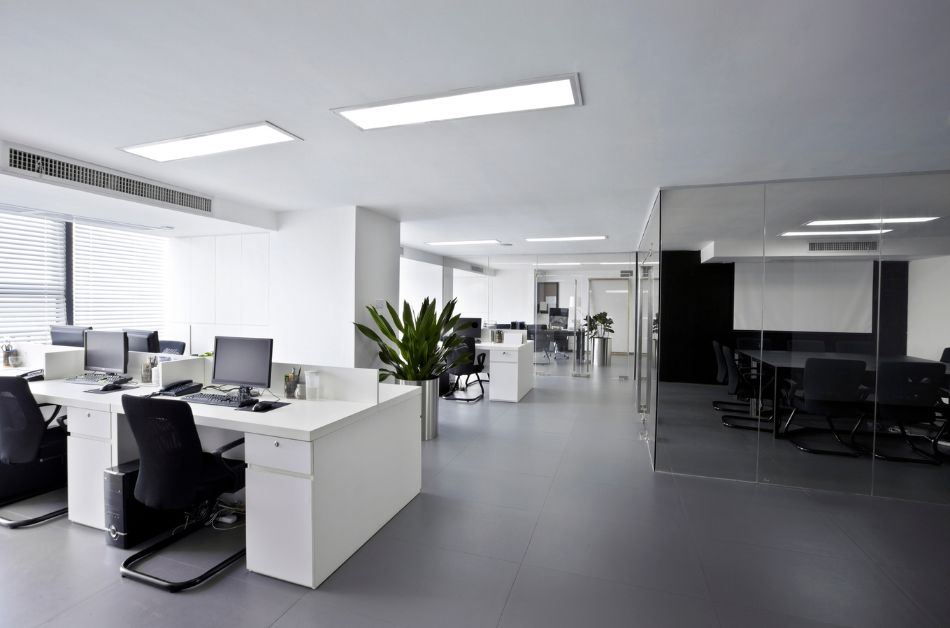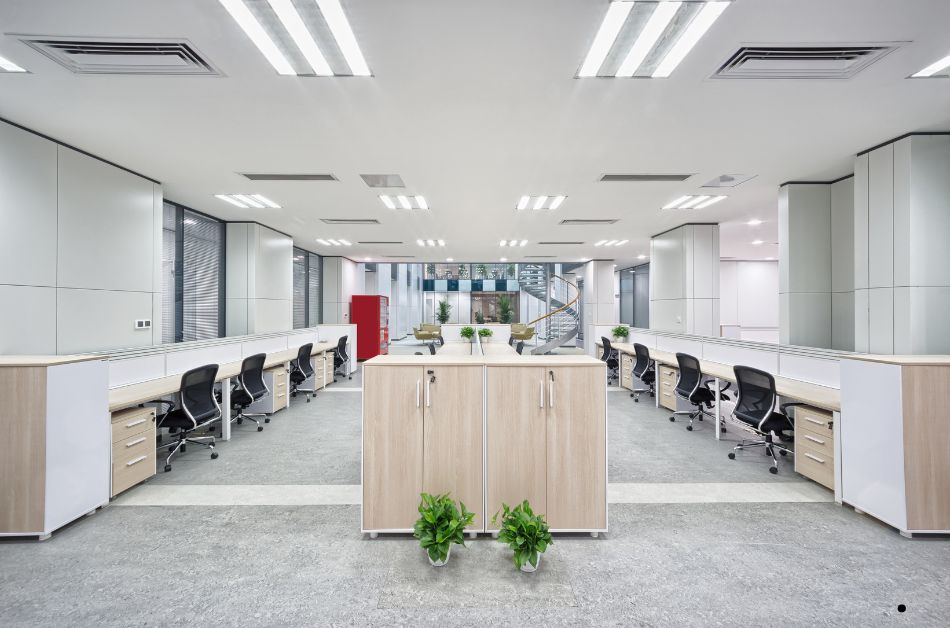Explore the importance of workspace lighting for productivity and well-being, including benefits, types, design considerations, and emerging trends in lighting technology.
Workspace lighting refers to the lighting atmosphere in a workspace setting, like an office or studio. It is essential for establishing a conducive and efficient work environment. Effective lighting not only improves visibility but also influences the mood, concentration, and overall welfare of individuals.
In this blog post, we will explore the basics of workspace lighting, discuss the benefits of proper lighting, explore different types of lighting options, consider design considerations for workspace lighting, and explore emerging trends and technologies in this field.
Basics of Workspace Lighting
The basics of workspace lighting include understanding the different components that contribute to effective lighting. This involves considering factors such as the type of light source, the color temperature of the light, the intensity of the light, and the distribution of light throughout the workspace.
Another important aspect is considering the lighting needs for different tasks within the workspace. For example, task lighting may be required for focused work, while ambient lighting can create a pleasant overall environment.
Additionally, it is important to consider the potential for glare and shadows, as these can impact visibility and comfort in the workspace.
Benefits of Proper Workspace Lighting
Proper workspace lighting offers numerous benefits. Firstly, it improves visibility, reducing eye strain and fatigue. Adequate lighting also enhances productivity, as individuals can better focus on their tasks. Moreover, good lighting can positively impact mood and well-being, leading to a more pleasant work environment.
Furthermore, proper lighting can contribute to the safety of the workspace by reducing the risk of accidents and errors. It can also improve the aesthetics of the space, creating a visually appealing environment.
Types of Workspace Lighting
There are various types of lighting options suitable for workspaces. Two commonly used options are LED (Light Emitting Diode) lighting and fluorescent lighting.
LED lighting is known for its energy efficiency, long lifespan, and flexibility in terms of color temperature and intensity. It produces less heat and is free from harmful substances like mercury.
Fluorescent lighting, on the other hand, has been widely used in offices and commercial spaces. It is known for its bright and uniform illumination, but it can be less energy-efficient compared to LED lighting.
Both options have their advantages and considerations, and the choice depends on factors such as the specific requirements of the workspace, budget, and personal preferences.
Design Considerations for Workspace Lighting
When designing the lighting for a workspace, several considerations should be taken into account. One important factor is the color temperature of the lighting. Warmer color temperatures (around 2700K to 3000K) can create a cozy and relaxing atmosphere, while cooler color temperatures (around 5000K to 6500K) can promote alertness and focus.
Another consideration is the placement and distribution of light sources. It is essential to ensure that the lighting is even and avoids creating harsh shadows or glare. Task lighting should be positioned appropriately to provide sufficient illumination for specific work activities.
Additionally, the use of dimmers and adjustable lighting fixtures can allow individuals to customize the lighting according to their preferences and needs. This flexibility can contribute to a more comfortable and versatile workspace.
Emerging Trends and Technologies in Workspace Lighting
The field of workspace lighting is continually evolving, with new trends and technologies emerging. One such trend is the integration of smart lighting systems. These systems utilize sensors and automation to adjust the lighting based on occupancy, natural light levels, and individual preferences.
Another emerging technology is circadian lighting, which mimics natural daylight patterns to support the body’s natural circadian rhythm. This can be beneficial for promoting a healthy sleep-wake cycle and overall well-being.
Furthermore, energy-efficient lighting solutions and sustainable practices are gaining prominence in workspace design. This includes the use of energy-saving LED lights, daylight harvesting techniques, and smart energy management systems.
By staying updated with these emerging trends and technologies, organizations can create workspaces that are not only visually appealing but also promote productivity and well-being.
Conclusion
In conclusion, workspace lighting is a crucial aspect of creating a productive and comfortable work environment. It impacts visibility, mood, focus, and overall well-being. By understanding the basics of workspace lighting, considering the benefits of proper lighting, exploring different types of lighting options, and incorporating design considerations, organizations can create optimal lighting solutions for their workspaces.
Additionally, by keeping up with emerging trends and technologies in workspace lighting, organizations can stay ahead and create future-proof work environments. Proper workspace lighting is an investment that can yield significant benefits for both individuals and organizations.
Additional Resources
Here are some additional resources for further reading on workspace lighting:



